Fed left monetary policy unchanged as widely expected, unanimously. Federal funds rate is kept at 0-0.25%. Purchase of treasury securities will continue by at leaste USD 80B per month, and ABS by at least USD 50B per month.
FOMC also reiterated the pledge to “using its full range of tools to support the U.S. economy in this challenging time, thereby promoting its maximum employment and price stability goals.”
Full statement below:
The Federal Reserve is committed to using its full range of tools to support the U.S. economy in this challenging time, thereby promoting its maximum employment and price stability goals.
The COVID-19 pandemic is causing tremendous human and economic hardship across the United States and around the world. Following a moderation in the pace of the recovery, indicators of economic activity and employment have turned up recently, although the sectors most adversely affected by the pandemic remain weak. Inflation continues to run below 2 percent. Overall financial conditions remain accommodative, in part reflecting policy measures to support the economy and the flow of credit to U.S. households and businesses.
The path of the economy will depend significantly on the course of the virus, including progress on vaccinations. The ongoing public health crisis continues to weigh on economic activity, employment, and inflation, and poses considerable risks to the economic outlook.
The Committee seeks to achieve maximum employment and inflation at the rate of 2 percent over the longer run. With inflation running persistently below this longer-run goal, the Committee will aim to achieve inflation moderately above 2 percent for some time so that inflation averages 2 percent over time and longerterm inflation expectations remain well anchored at 2 percent. The Committee expects to maintain an accommodative stance of monetary policy until these outcomes are achieved. The Committee decided to keep the target range for the federal funds rate at 0 to 1/4 percent and expects it will be appropriate to maintain this target range until labor market conditions have reached levels consistent with the Committee’s assessments of maximum employment and inflation has risen to 2 percent and is on track to moderately exceed 2 percent for some time. In addition, the Federal Reserve will continue to increase its holdings of Treasury securities by at least $80 billion per month and of agency mortgagebacked securities by at least $40 billion per month until substantial further progress has been made toward the Committee’s maximum employment and price stability goals. These asset purchases help foster smooth market functioning and accommodative financial conditions, thereby supporting the flow of credit to households and businesses.
In assessing the appropriate stance of monetary policy, the Committee will continue to monitor the implications of incoming information for the economic outlook. The Committee would be prepared to adjust the stance of monetary policy as appropriate if risks emerge that could impede the attainment of the Committee’s goals. The Committee’s assessments will take into account a wide range of information, including readings on public health, labor market conditions, inflation pressures and inflation expectations, and financial and international developments.
Voting for the monetary policy action were Jerome H. Powell, Chair; John C. Williams, Vice Chair; Thomas I. Barkin; Raphael W. Bostic; Michelle W. Bowman; Lael Brainard; Richard H. Clarida; Mary C. Daly; Charles L. Evans; Randal K. Quarles; and Christopher J. Waller.




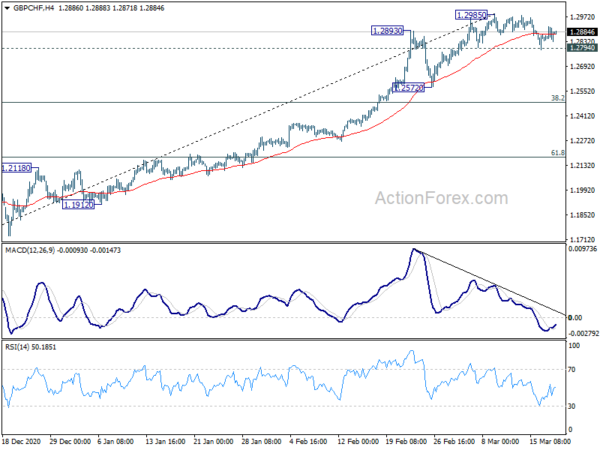
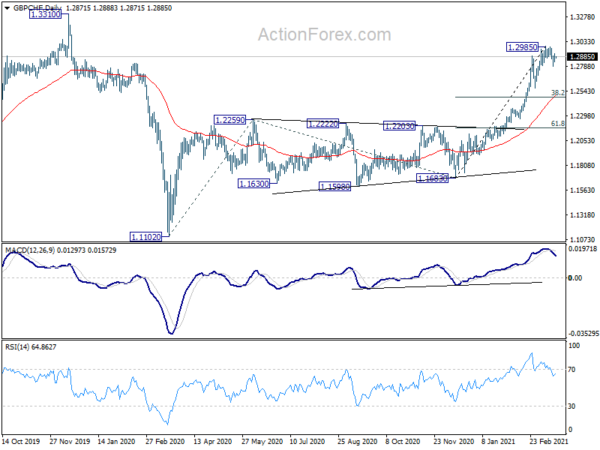
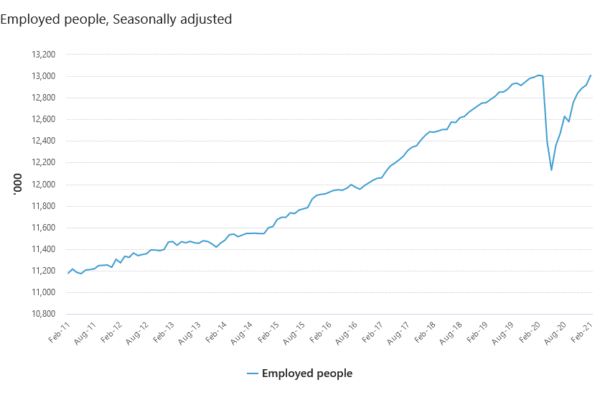
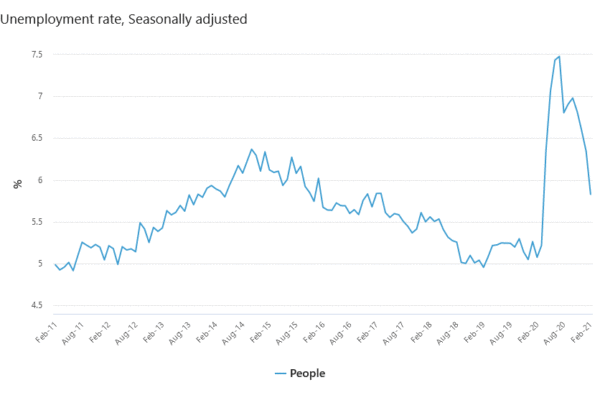
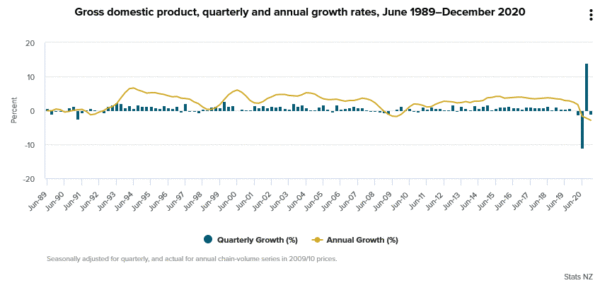
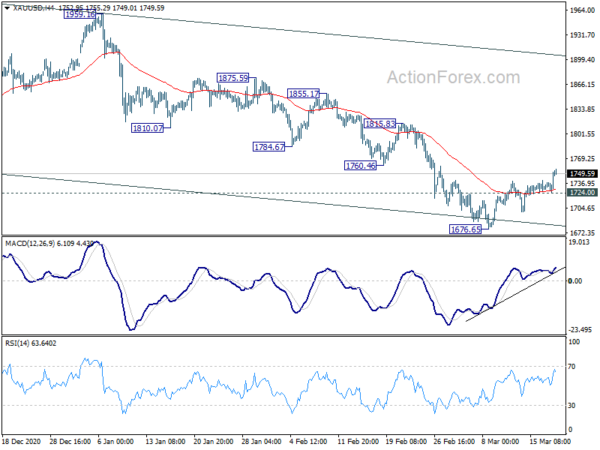
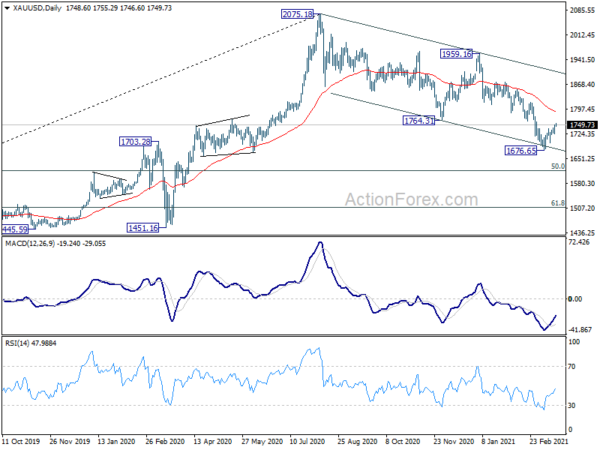
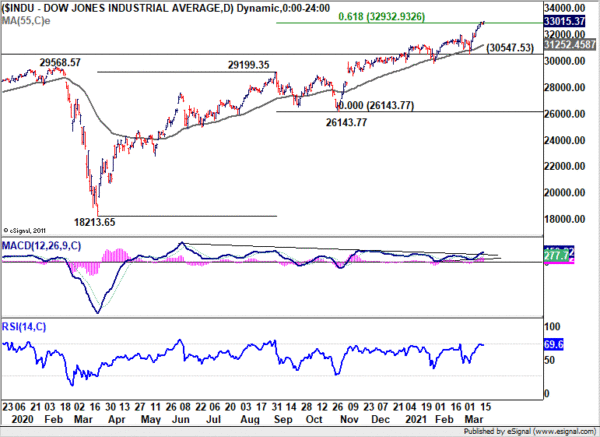

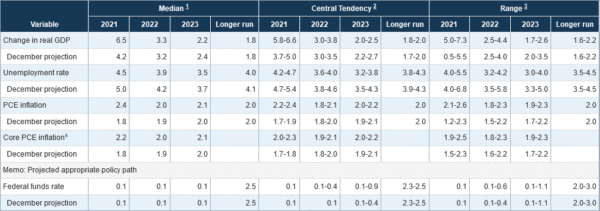
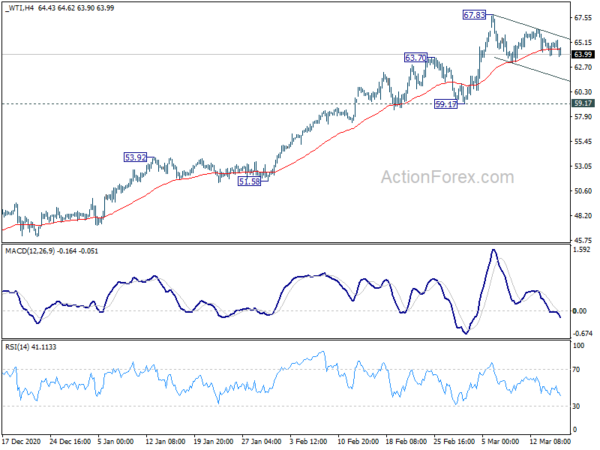
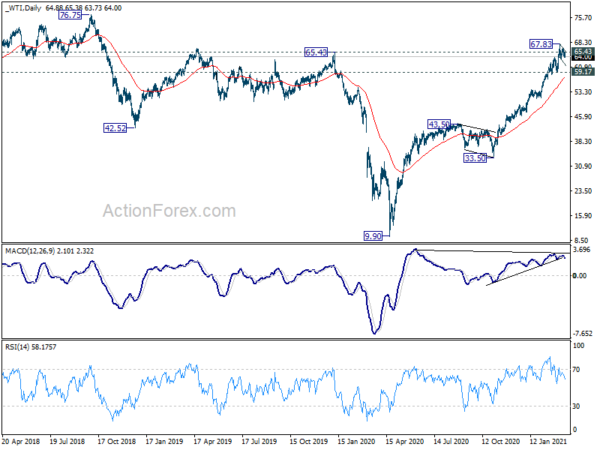
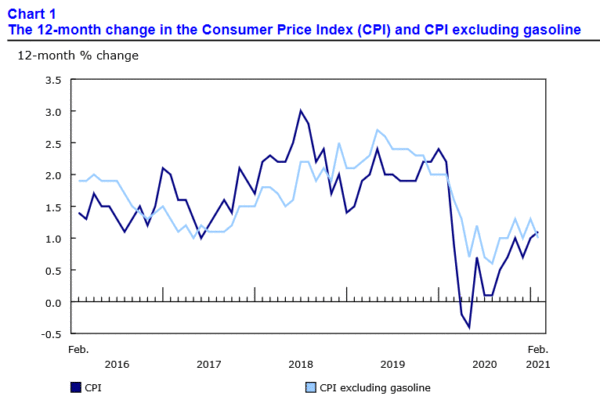
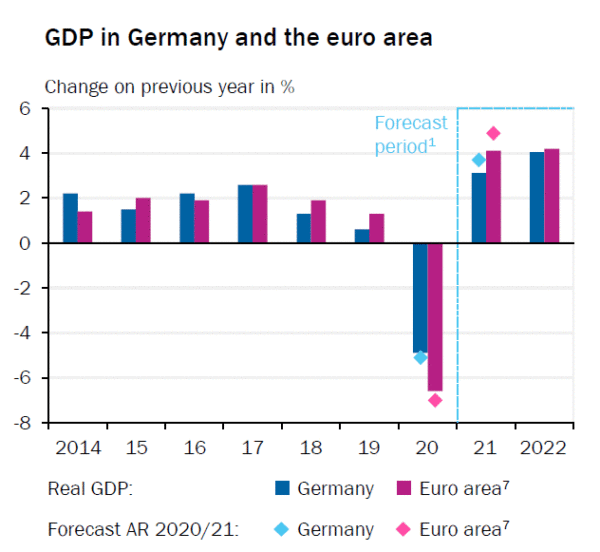
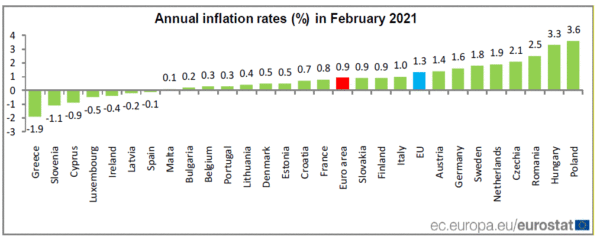
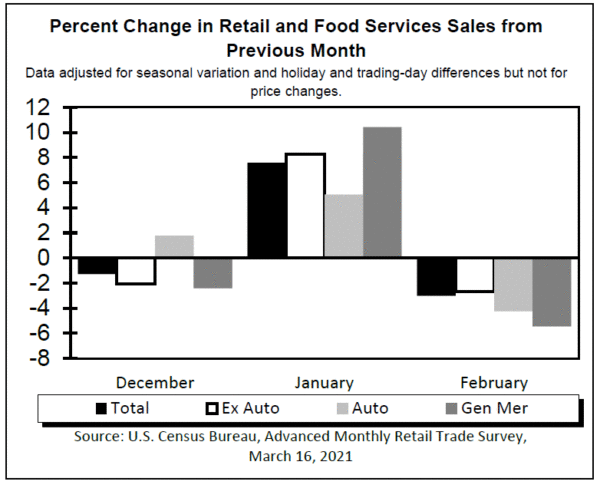
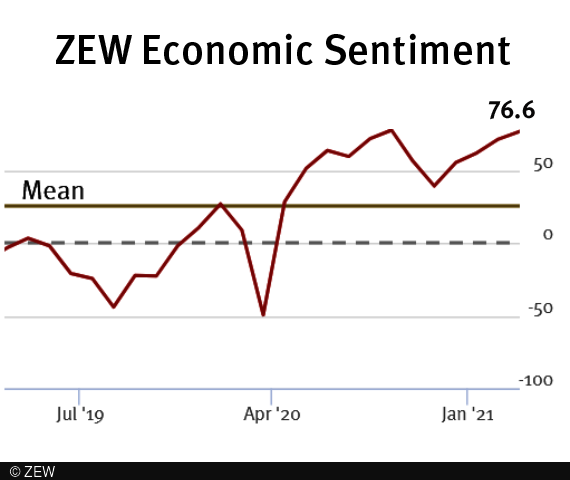

ECB Lagarde: Medium term risk more balanced but near term downside risks remain
In the hearing of a European Parliament committee, ECB President Christine Lagarde said risks surrounding Eurozone growth outlook over the “medium term” have become “more balanced” owing to better prospects for the global economy and progress in vaccination campaigns. Though, downside risk remain in the “near term”, mainly related to spread of “virus mutations” and implications of ongoing pandemic.
She added that inflation has picked up over recent months mainly on “some transitory factors”, and some volatility is expected through 2021. But the factors are expected to “fade out early next year”. Price pressure would “increase some what this year due to “supply constraints and recovery in domestic demand”. But these pressures will “remain subdued overall”.
On the issue of treasury yields, Lagarde said, “the increase in risk-free market interest rates and sovereign bond yields that we have observed since the start of the year could spur a tightening in the wider set of financing conditions… Therefore, if sizeable and persistent, increases in those market interest rates, when left unchecked, may become inconsistent with countering the downward impact of the pandemic on the projected path of inflation.”
Hence, ECB announced to significantly increase the pace of PEPP purchases over the next quarter. “Purchases will be implemented flexibly according to market conditions and always with a view to preventing a tightening of financing conditions that is inconsistent with countering the downward impact of the pandemic on the projected path of inflation”.
Full remarks here.